Swine lagoon sludge, once a waste challenge, may offer a cost-effective mineral supplement for pig diets.
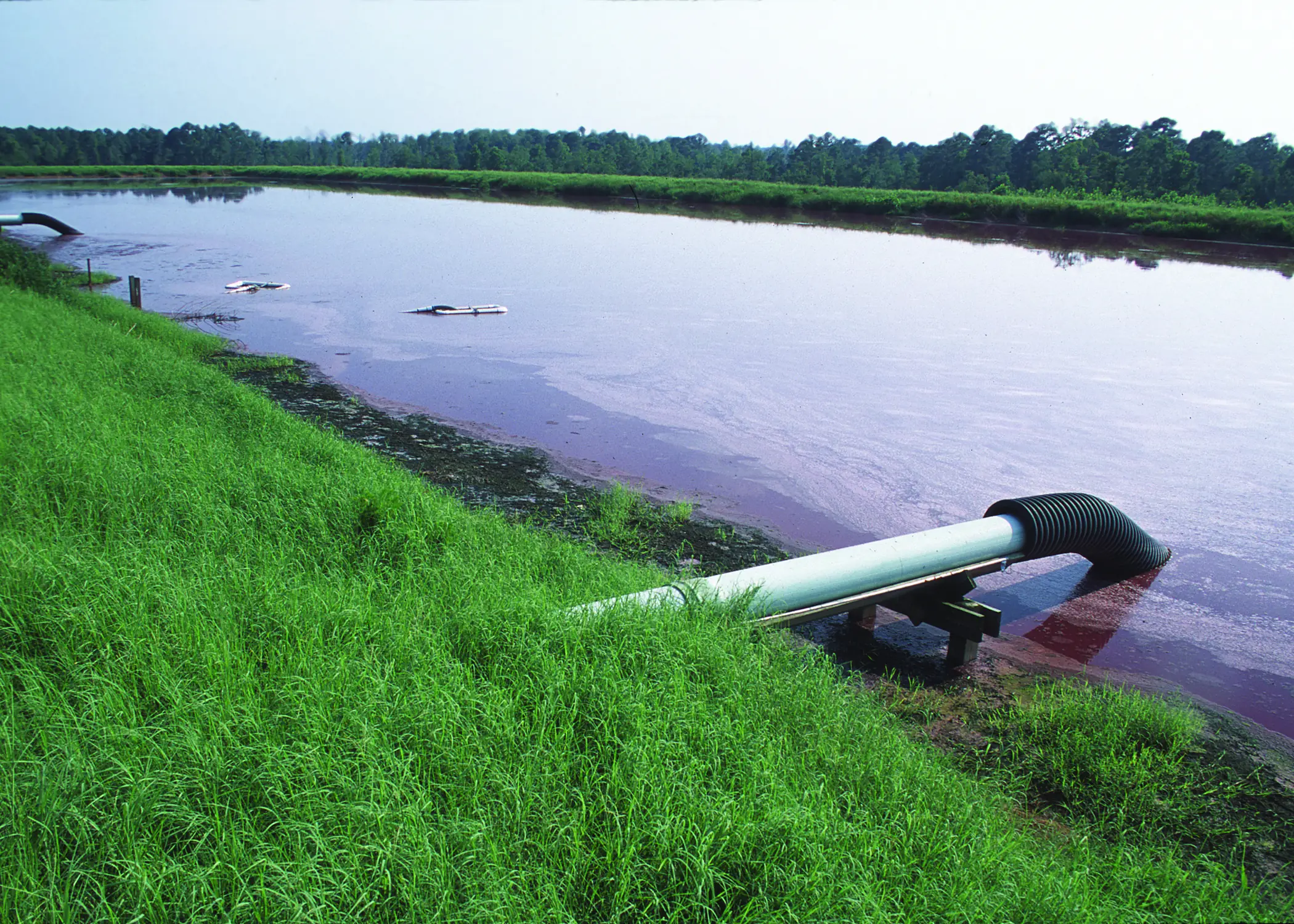
Managing manure is a daily reality for swine producers, and phosphorus plays a key role in both waste and feed management.
Anaerobic lagoons are commonly used to store and treat swine waste, but over time, a dense layer of nutrient-rich sludge builds up at the bottom. This sludge is especially high in phosphorus—a costly but essential mineral in swine diets—and if left unmanaged, it can reduce lagoon capacity and impair performance.
Fernando Soler and Eric van Heugten from the Department of Animal Science at North Carolina State University are exploring how this sludge—especially in its ashed form—can be repurposed as a phosphorus source for pigs.
Swine lagoon sludge is not just a waste byproduct. It holds valuable nutrients that could benefit both crop systems and pig diets.
Why sludge matters
Researchers took a closer look at what makes this sludge more than just a waste product, and why it could be worth recovering:
While lagoon effluent is often used on crops, sludge is harder to handle due to its density. Drying and ashing the sludge reduces volume, kills pathogens, and concentrates nutrients.
Ashing process
To prepare the sludge for use as a mineral source, researchers followed a controlled ashing process:
Feed trial highlights
The researchers conducted a feeding trial with 56 pigs, comparing phosphorus from monosodium phosphate (MSP) and ashed swine lagoon sludge (ASLS). MSP is the industry standard with 100% bioavailability.
Key findings from the trial help to illustrate how ASLS compares to MSP in terms of phosphorus absorption and bone mineralization:
What it means for producers
The study shows that ASLS could become a viable, cost-effective phosphorus source—if approved for feed use. It offers a way to recover nutrients from waste and reduce reliance on commercial phosphorus.
This research highlights a practical path for turning lagoon sludge from a disposal challenge into a feed resource. For producers, it could mean better waste management and lower feed costs.
Subscribe now to the technical pig magazine
AUTHORS
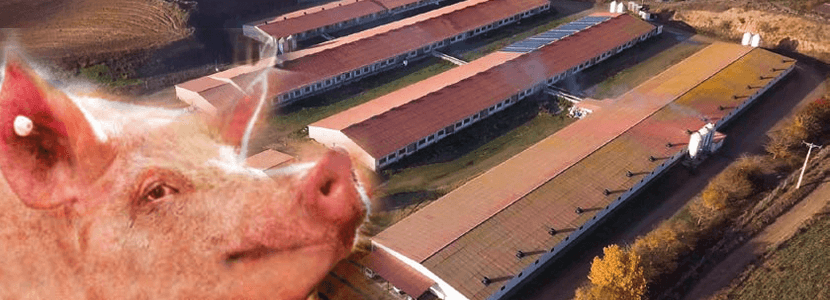
Bifet Gracia Farm & Nedap – Automated feeding in swine nurseries
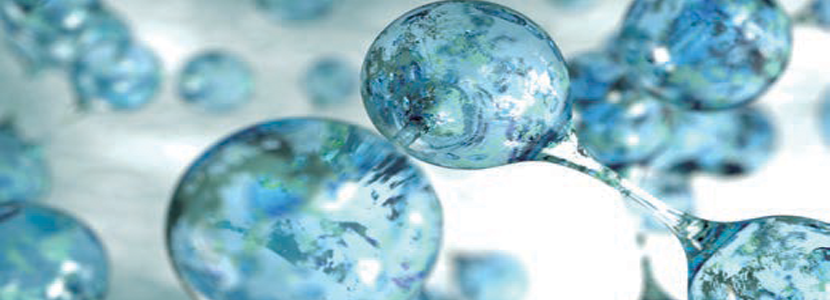
The importance of Water on pig farms
Fernando Laguna Arán
Microbiota & Intestinal Barrier Integrity – Keys to Piglet Health
Alberto Morillo Alujas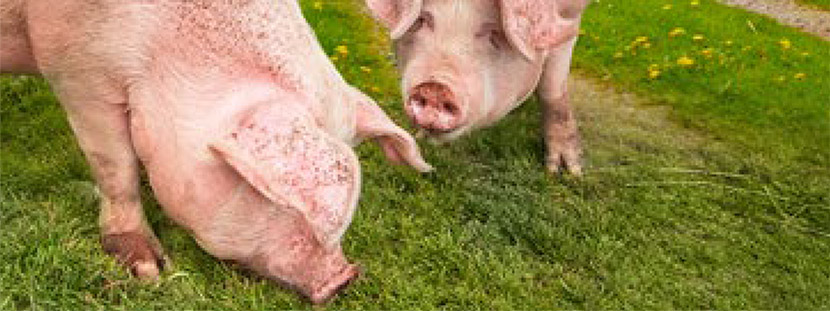
Impact of Reducing Antibiotic use, the Dutch experience
Ron Bergevoet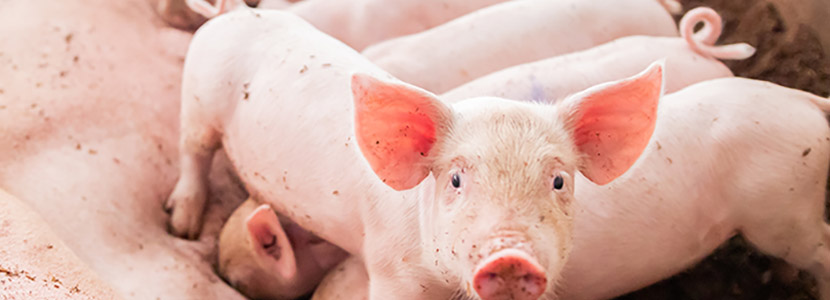
The keys to successful Lactation in hyperprolific sows
Mercedes Sebastián Lafuente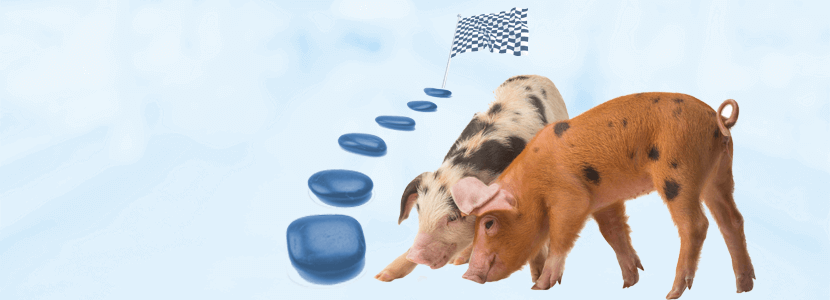
Addressing the challenge of Management in Transition
Víctor Fernández Segundo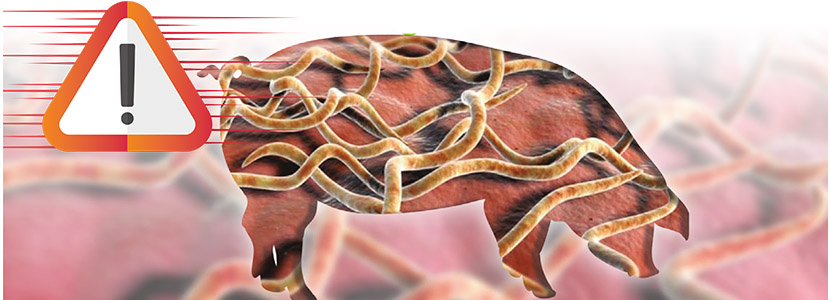
Dealing with the rise of Swine Dysentery
Roberto M. C. Guedes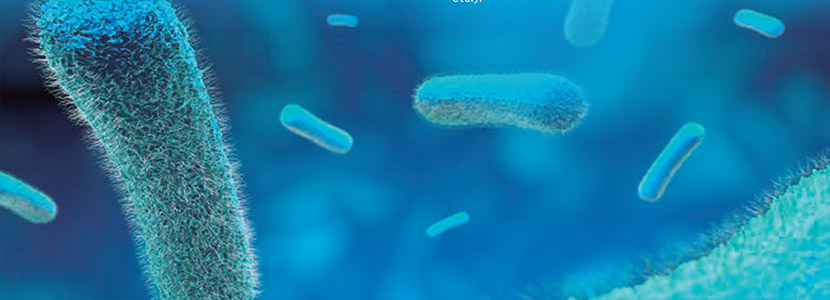
Actinobacillus pleuropneumoniae – What are we dealing with?
Marcelo Gottschalk
The new era of Animal Welfare in Pig Production – Are we ready?
Antonio Velarde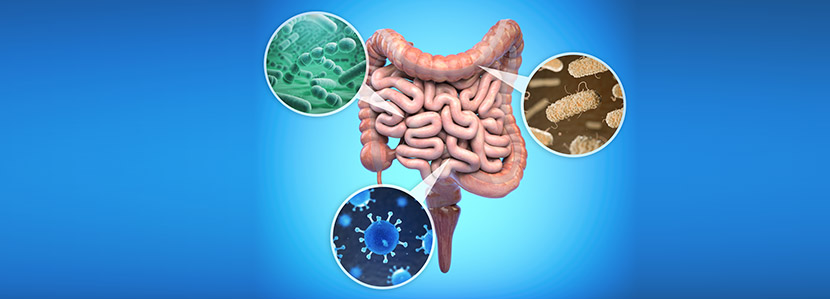
Gut health in piglets – What can we do to measure and improve it?
Alberto Morillo Alujas
Interview with Cristina Massot – Animal Health in Europe after April 2021
Cristina Massot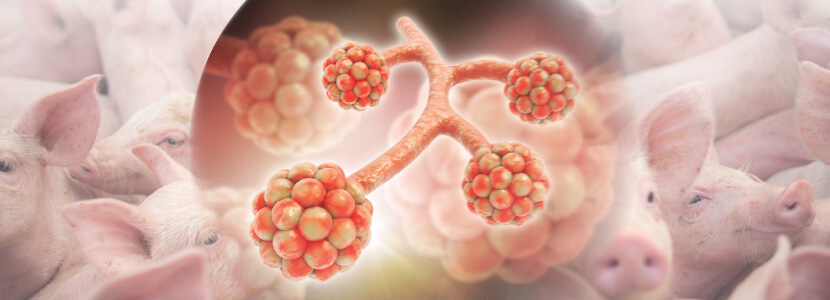
Differential diagnosis of respiratory processes in pigs
Desirée Martín Jurado Gema Chacón Pérez